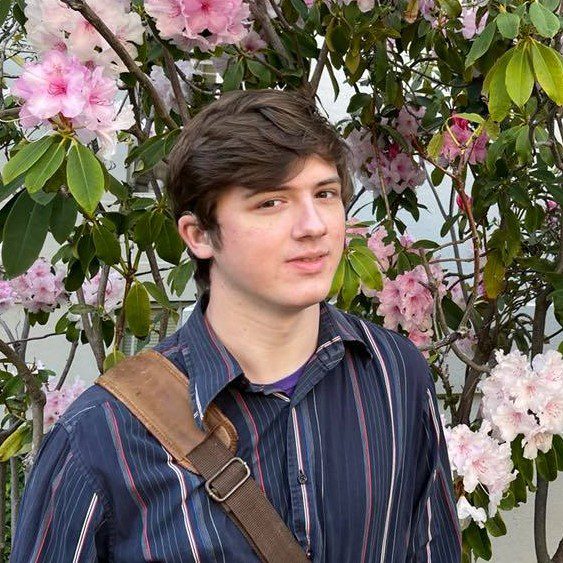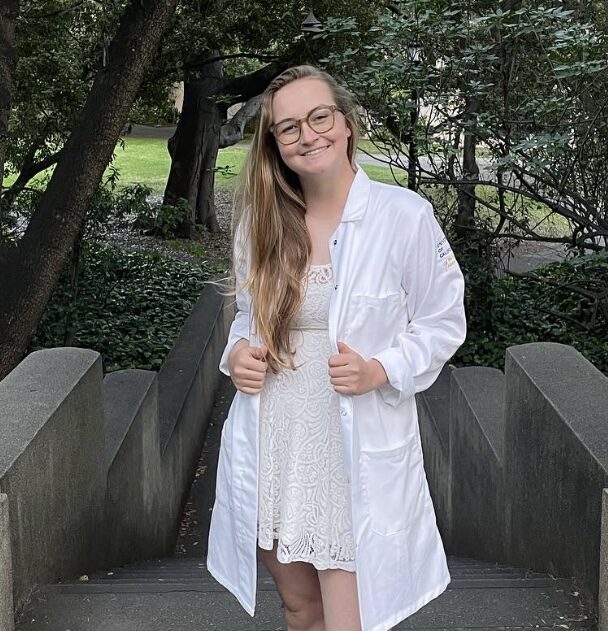Colin Chamberlin

In 1746, the Battle of Culloden ended in a defeat of the Jacobites and quickly spelled the end for the unique Gaelic-speaking society that had developed in the Scottish Highlands. This is the common narrative for the decline of Gaelic-speaking Scotland and the clan system that was associated with it. My project seeks to investigate how this narrative might be complicated because of the ways in which Highlanders and their culture had become increasingly Anglicized since the reign of King James IV, the last Gaelic-speaking King of Scotland. One of […]
Alondra Garcia

My work aims to investigate how the intersection between ethnicity and gender may influence teachers’ perceptions of disrespect. Previous research has found a perceived desire for increased discipline for Black boys in the classroom relative to white boys. However, the same results could not be replicated for girls. I believe that by creating a study that is informed by Latine girls’ intersecting identities, I will find similar results for perceived disrespect. I have created a survey containing a student’s misbehavior that presents the participant with either a stereotypical Latine girl […]
Stephanie Ancheta

Synchronous gamma wave brain oscillations, which oscillate at a frequency of 40 Hz, underlie healthy cognitive functioning and are disrupted in Alzheimer’s Disease, leading researchers to explore sensory stimuli delivered at 40 Hz as a potential therapy to resynchronize neuronal firing and thus slow cognitive decline. However, the stroboscopic nature of 40 Hz lighting makes it an unlikely treatment for humans. This project hopes to overcome the challenges posed by stroboscopic 40 Hz white-light by testing the efficacy of a novel invisible spectral flicker (ISF) light system, which masks the […]